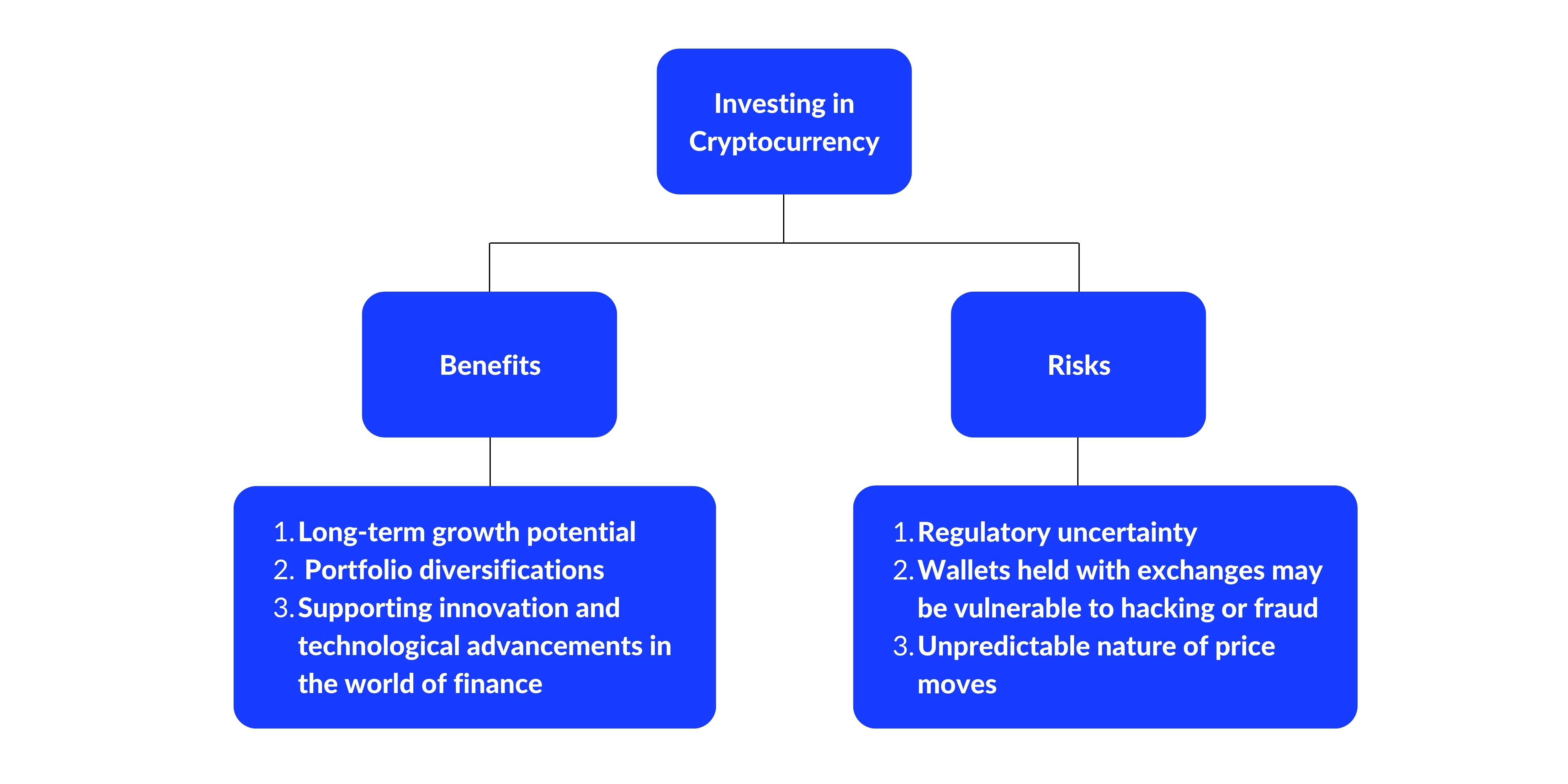The Future of Cryptocurrencies: Trends to View in the Upcoming Years
As we look in advance, the landscape of cryptocurrencies is undertaking profound adjustments influenced by numerous key trends. The development of Reserve bank Digital Currencies (CBDCs) stands to redefine the integration of electronic assets within conventional economic systems, while raised regulative analysis might form the operational landscape for cryptocurrencies. Furthermore, the advancement of decentralized financing (DeFi) and the expanding significance of non-fungible tokens (NFTs) promise to change perceptions of possession and valuation in an electronic economic situation. These advancements elevate essential concerns regarding the future trajectory of cryptocurrencies and their duty in our monetary ecological community.
Rise of Central Financial Institution Digital Currencies
The introduction of Reserve bank Digital Currencies (CBDCs) stands for a significant change in the financial landscape as governments check out digital choices to conventional fiat cash. These state-backed digital currencies intend to enhance the performance of settlement systems, promote monetary inclusion, and supply a safe alternative to private cryptocurrencies. Unlike decentralized electronic currencies, CBDCs run under the auspices of central financial institutions, making certain regulatory oversight and security.
Several countries are proactively piloting or researching CBDCs, with noteworthy examples consisting of China's electronic yuan and the European Central Bank's digital euro effort. These efforts highlight a growing recognition of the prospective advantages of electronic money, such as faster deal speeds and reduced expenses linked with cross-border settlements. CBDCs might offer as a device to deal with illicit tasks by giving higher transparency in purchases.
As the adoption of CBDCs progresses, they may improve customer habits and impact global financial characteristics. The transition to a digital currency structure presents obstacles, including technical infrastructure, cybersecurity issues, and public count on. The surge of CBDCs symbolizes a turning point that might redefine the duty of money in an increasingly digital economy, necessitating close observation by sector stakeholders and policymakers alike.
Raised Regulatory Scrutiny

Countries globally are taking diverse techniques, from straight-out bans to governing sandboxes that permit advancement while ensuring compliance. The European Union, for instance, is moving in the direction of detailed regulations with the marketplaces in copyright-Assets Regulation (MiCA), focused on creating a unified approach throughout member states. In the USA, firms like the SEC and CFTC are increasingly active in providing guidelines and enforcement actions.
Business operating in the copyright area might face stricter compliance requirements, which might lead to increased functional prices. Ultimately, the equilibrium between development and guideline will shape the future of cryptocurrencies.
Evolution of DeFi Operatings Systems
Decentralized Money (DeFi) systems have actually undertaken substantial transformation given that their creation, improving the traditional economic landscape - order cryptocurrencies. Initially, these systems mainly concentrated on straightforward features such as financing and loaning, assisted in by smart contracts on blockchain networks. The development of DeFi has actually broadened to encompass a vast range of monetary services, including by-products trading, yield farming, and automated market-making.
Among the most notable advancements is the emergence of Layer 2 solutions, which enhance scalability and lower purchase costs, making DeFi a lot more accessible to a more comprehensive audience. Additionally, cross-chain interoperability has actually become Full Article an essential emphasis, permitting individuals to move assets perfectly across different blockchain networks. This evolution promotes better liquidity and customer interaction.
Moreover, the assimilation of sophisticated governance versions has equipped communities to join decision-making processes, advertising sustainability and technology within the community. As DeFi proceeds to develop, we can anticipate further improvements in individual experience with enhanced user interfaces and protection procedures, addressing worries that have previously impeded mainstream fostering. On the whole, the trajectory of DeFi platforms points toward an extra inclusive and reliable financial future, using alternatives to standard banking systems.
Assimilation of NFTs in Money
Amidst the rapid evolution of the financial landscape, the assimilation of Non-Fungible Symbols (NFTs) has actually arised as a transformative force. Typically connected with digital art and collectibles, NFTs are currently locating applications in numerous monetary sectors, introducing ingenious methods to represent possession and value.
One substantial area of assimilation remains in actual estate, where NFTs can streamline building transactions. By tokenizing realty assets, purchasers can appreciate fractional possession, lowering entry barriers and raising liquidity. order cryptocurrencies. Additionally, NFTs can guarantee clear and immutable documents of possession, enhancing count on in real estate negotiations
On the planet of financing, NFTs are also being utilized for decentralized money (DeFi) applications, making it possible for collateralization of properties. By utilizing NFTs as collateral, customers can access loans while keeping ownership of their digital properties. This performance enhances the access of financial services and promotes a much more comprehensive monetary community.
Furthermore, the combination of NFTs into typical money could change the means intellectual home rights are taken care of, supplying designers with new earnings streams through smart agreements. Generally, the assimilation of NFTs in finance signifies a shift towards even more cutting-edge, efficient, and clear monetary options, paving the method for future advancements.
Improvements in Blockchain Technology

One significant fad is the development of Layer 2 options, designed to boost scalability and purchase rates, consequently attending to the restrictions of primary blockchain networks. These solutions allow much faster processing of deals, minimizing costs and raising performance, which is important for mass adoption.
In addition, interoperability between various blockchain networks is getting grip. This development permits smooth information exchange and property transfers throughout diverse platforms, promoting a much more connected and effective environment. Protocols that help with cross-chain communication are vital for fostering collaboration amongst decentralized applications (copyright) and enhancing user experiences.
Furthermore, advancements in consensus mechanisms, such as proof-of-stake and passed on proof-of-stake, are contributing to even more energy-efficient and protected blockchain operations. These technologies not just deal with ecological concerns yet additionally improve network strength.
As blockchain modern technology continues to develop, its combination into numerous industries, click to read more consisting of finance, supply chain, and health care, will certainly redefine traditional systems, paving the method for a decentralized future.
Conclusion
The appearance of Central you can try here Bank Digital Currencies will certainly boost the assimilation of digital properties into traditional economic systems. Furthermore, the continual improvement of decentralized money systems and blockchain technology, together with the assimilation of non-fungible tokens, will certainly redefine ownership and economic purchases, cultivating raised adoption and technology within the industry.